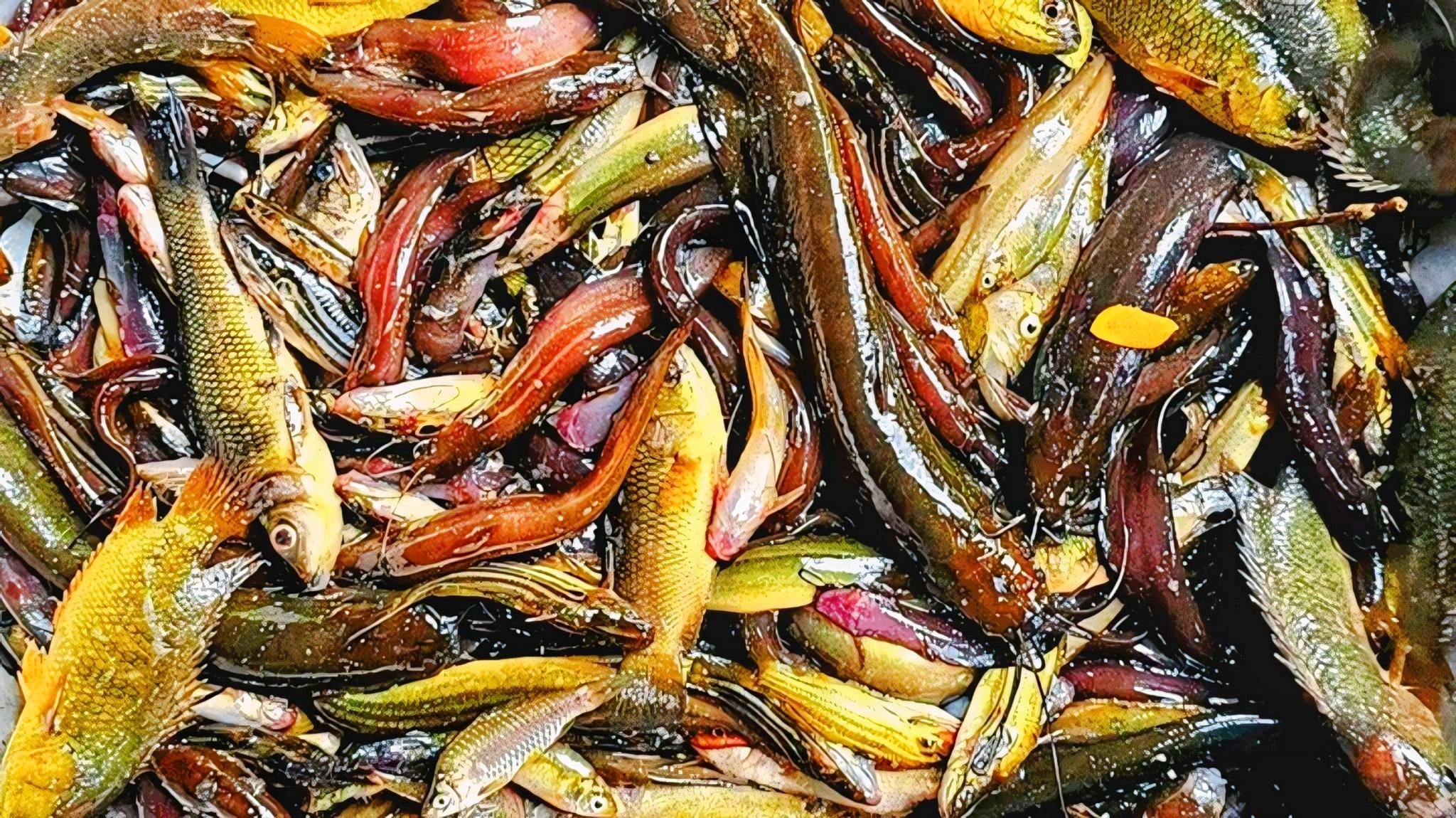News Flash
News Flash

LALMONIRHAT, Oct 29, 2025 (BSS) - Fish has always been an integral part of the Bengali diet, deeply rooted in the culture and tradition of the people—reflected in the well-known saying, “Mache bhate Bangali” (Bengalis are made of fish and rice).
However, in Lalmonirhat, a district once abundant with rivers and canals, the availability of indigenous fish species is decreasing alarmingly day by day due to harmful practices including excessive use of pesticide.
Several rivers—including the Teesta, Dharla, Ratnai, Swarnamati, Saniajan, Sankoya, Buri Teesta, Maldaha, Gidari, Tirimohini, Sati, Chhinakata and Bheteshwari—flow through the district’s five upazilas.
Numerous canals, such as Chenakata and Tengramari, also serve as the lifeblood of the region. Yet, despite this rich water network, the number of indigenous fish in these rivers and canals has dropped drastically.
Local fish varieties such as Magur, Shing, Bain, Bairali, Bural, Balia, Gajar, Khalisa, Puti, Koi, Shoal, Boal, Sarpuni, Shaal, Opr Chakua, Chopra, Chanda, Kharkati, Cheng, Taki, Mala, Dhela, Chingri, Tengra, Gata, Poa, Kani Pabda, Bagha Ai, Khailsa, Gang Magur, Gunji Ai, Pabda, Rui, Katal, Mrigel, Chital, Batasi, Baurani, Tarabain and Kalobaush are now hard to find in local markets.
A visit to several fish markets revealed that large fish are still available, but small indigenous fish have almost disappeared.
According to local residents, domestic fish are a vital part of Bengali cuisine, yet they are either unavailable or unaffordable due to skyrocketing prices. Many have urged the government to take effective steps to address the crisis.
Fish traders Liton Mia, Abdus Salam, and Ataur Islam at Mostafi Fish Shop told BSS that small fish have become rare. “The little that comes to market is very expensive,” they said.
They blamed the growing preference for hybrid fish farming—driven by wealthier investors seeking quick profits—for disrupting the reproduction of native species and displacing traditional fishermen.
Palash Roy, a fish seller at Barabari Bazar, echoed the concern. “Despite so many rivers and canals, small fish are very rare now. The demand is high, but the supply is almost gone,” he said.
Customer Zahid Hasan, while searching for small fish for his children, expressed disappointment. “I managed to get only one kilogram of puti and taki. Even after visiting several markets, including Goshala, Old Bus Stand, Chandni, Mahendranagar, and Barabari, I couldn’t find shrimp, tengra, or gata fish,” he said.
Veteran fishermen are also facing severe hardship. Afzal Ali, from Aditmari’s Swarnamati River area, recalled that a decade ago, native fish were abundant. “Now, even if you throw a net, you can’t catch fish like before,” he lamented.
Nazrul Islam, who fishes in the Dharla River, said he may have to change his profession due to the scarcity.
District Fisheries Officer Md. Sarwar Zaman acknowledged the crisis and said the department is working to protect native fish. “We are conducting drives to destroy illegal Chinese gillnets and current nets. Various conservation and production programs are being implemented,” he said.
He added that releasing egg-bearing fish into water bodies, raising public awareness, providing training, and creating alternative livelihoods could help restore native fish populations. Reducing excessive pesticide use through integrated pest management would also bring positive results.
The District Fisheries Department confirmed that conservation initiatives are already underway and will continue to expand in the coming months.